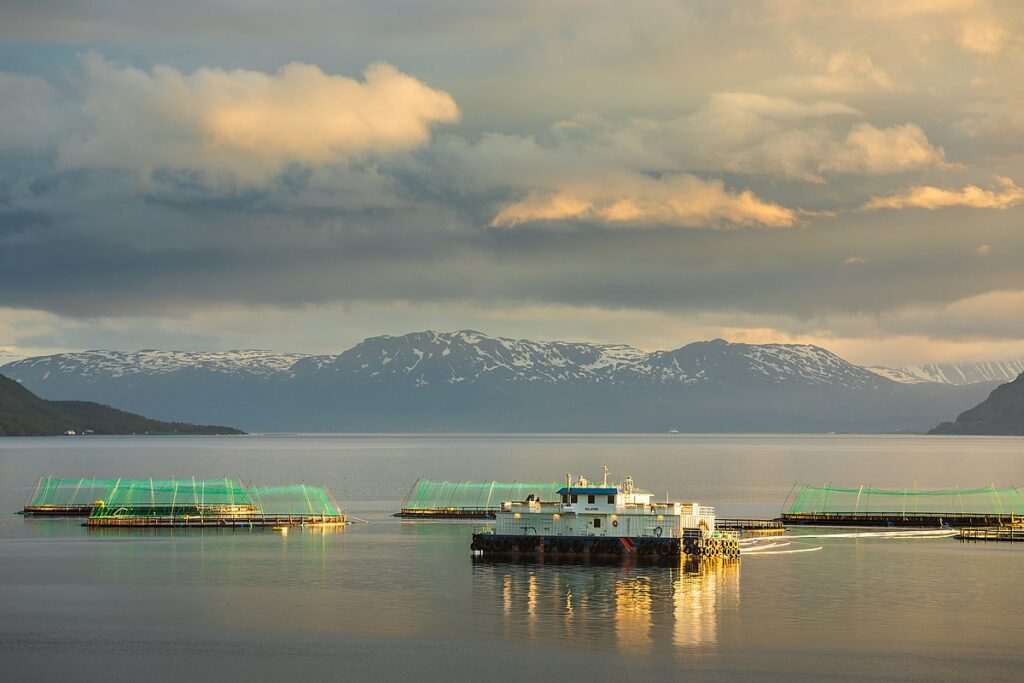Fish stock assessment and harvest quota
- Department SAMBA
- Fields involved Statistical modelling
- Industries involved Ocean
We develop methods for assessing stocks and setting harvest quotas for fish and marine mammals, promoting sustainable use of marine resources.

Ensuring sustainable fisheries
Knowledge of the current status of a fish stock is crucial for a sustainable fishery. Overestimation of the abundance of a fish stock can give too high quotas and thus overfishing and possibly extinction of the stock. On the other hand, unnecessarily low quotas result in poor utilisation of an important resource.
Population models to estimate fish abundance
Data is collected for the most important fish stocks and marine mammals, such as seals and whales. The data includes surveys with echosounders, and trawling and sampling from commercial catches. These are then used in a population model to estimate the fish and mammal abundance within each age.
We are developing new models for stock assessments and harvest quota, and enhancing previous methods. This includes modelling errors in age readings and interpretation of echosounder signals, combining age and length data and spatial modelling over an area. We are also refining the population models, specifically looking at how they are used to set fishing quotas.
We also participate in international working groups organised by the International Council for the Exploration of the Sea (ICES).
To learn more about this project, please contact:
Project: Framework agreement on delivery of statistics and computational mathematics
Funding: Institute of Marine Research (IMR)
Period: 2021 – 2025
Further reading
Detecting significant retrospective patterns in state space fish stock assessment – Canadian Science Publishing, 17.07.2023.
Prediction-variance relation in a state-space fish stock assessment model – Oxford Academic, 27.10.2021.
Caveats with estimating natural mortality rates in stock assessment models using age aggregated catch data and abundance indices – ScienceDirect, 24.07.2021.
Predicting abundance indices in areas without coverage with a latent spatio-temporal Gaussian model – Oxford Academic, 14.06.2021.
The specification of the data model part in the SAM model matters – ScienceDirect, 19.05.2020.
Evaluation of sampling strategies for age determination of cod (Gadus morhua) sampled at the North Sea International Bottom Trawl Survey – Oxford Academic, 29.02.2020.
Comments on incongruous formulations in the SAM (state-space assessment model) model and consequences for fish stock assessment – ScienceDirect, 17.08.2018.
